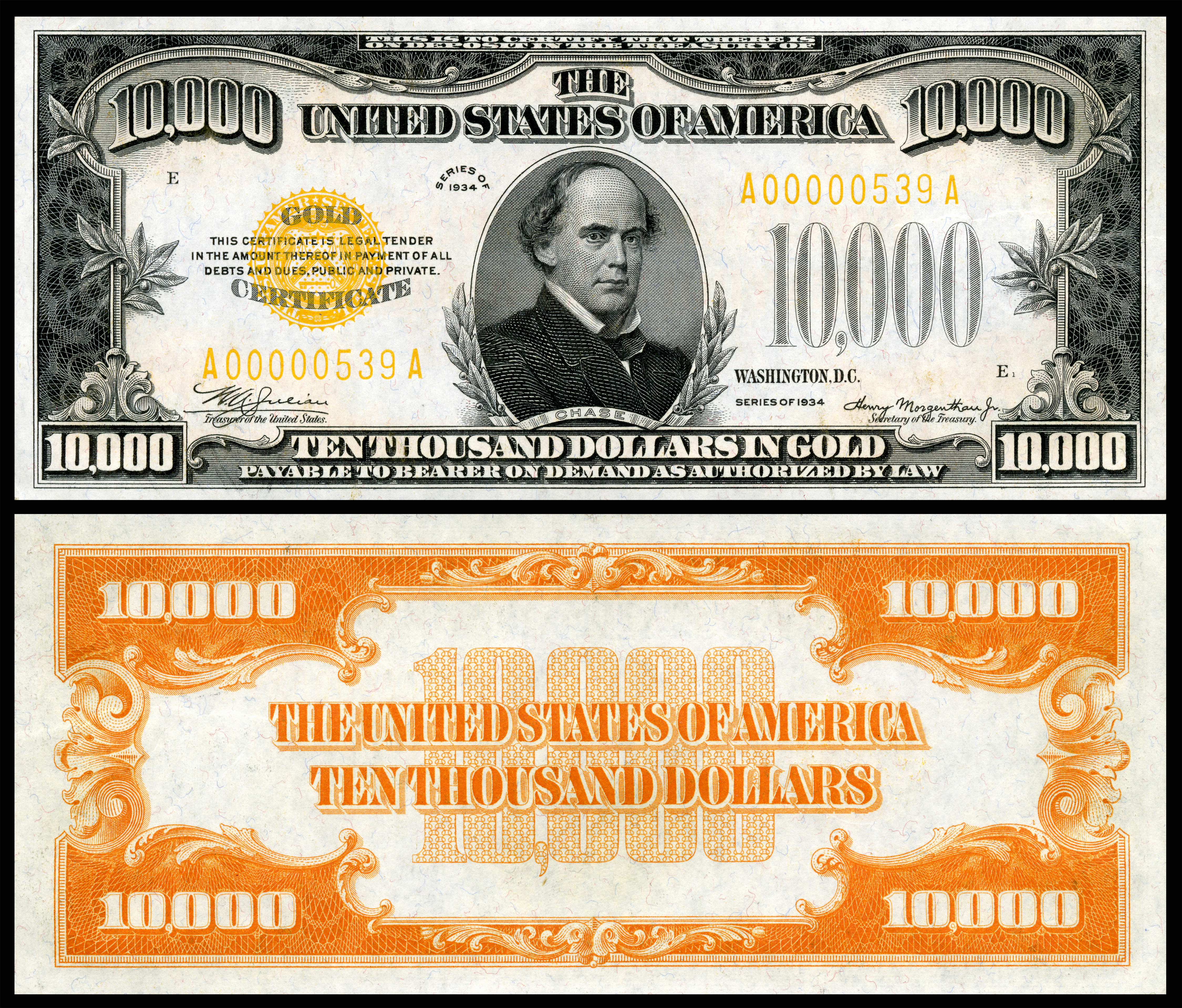Volatility came roaring back to the market this year. The S&P 500 has fallen more than 15% since the start of January. Many analysts cite the Fed’s decision to raise rates as the major contributor to this drop.

This move means that the flow of cheap money is slowing significantly. The result is a higher cost of doing business.
Meanwhile, many investors who long believed that stock valuations were unreasonably high are starting to see their fears confirmed. More people are looking to different asset classes as a means for preserving wealth as equities drop in value and investor sentiment dampens.
Doing so is especially important in a rising cost environment. As inflation exceed 8% more Americans are considering ways to buoy the spending power of their dollar as gas, groceries, and housing costs all rise.
This setting has prompted renewed interest in gold. “Historically gold has outperformed equities by an even larger magnitude when volatility is rising from an already elevated level,” explained CFA Russ Koesterich at BlackRock.
This same body of research concluded that changes in the VIX, often called the “fear index,” explains almost 20% of the difference between the return offered by gold and the S&P 500.
Put another way, during months of rising volatility in the S&P 500 gold outperformed the market by approximately 2% on average. Moreover, this relationship becomes even more stark when the VIX rises above 20. During these times, gold outperformed the S&P 500 by an average of about 5%.
Today the VIX is at more than 29.
This research confirms the long-held notion that gold can have a stabilizing effect on a portfolio because its correlation to equities is low. In fact, the correlation between gold and equities is lower than that of the correlation between the stock market and REITs, private equity, and hedge funds.
The low correlation between gold and US stocks was evident during other periods of upheaval including the Long-Term Capital Management crisis, the September 11th terrorist attacks, the 2008 Global Financial Crisis, and Brexit, during which gold climbed 9.8% and global equities fell 1.2%.
The volatility in today’s market is unlikely to decrease any time soon. Investors and markets are concerned with the war in Ukraine, rising COVID transmission in China, more interest rate hikes to come, and of course the highest inflation we have experienced in more than forty years.
Solving many of these structural problems will take time. Companies will need to shore up their operations as a safeguard against existing and future supply chain disruptions. The global food system will need to adjust to the lack of agricultural products, namely wheat, coming from Ukraine. Additionally, investors will need to wait out the inflation problem.
In the meantime, gold offers a hedge against uncertainty.
Want to read more? Subscribe to the Blanchard Newsletter and get our tales from the vault, our favorite stories from around the world and the latest tangible assets news delivered to your inbox weekly.
The post What Movements in the Fear Index Can Tell Us About Gold appeared first on Blanchard and Company.



Did you miss our previous article…
https://www.goldira.pw/reserve-bank-why-bother/

